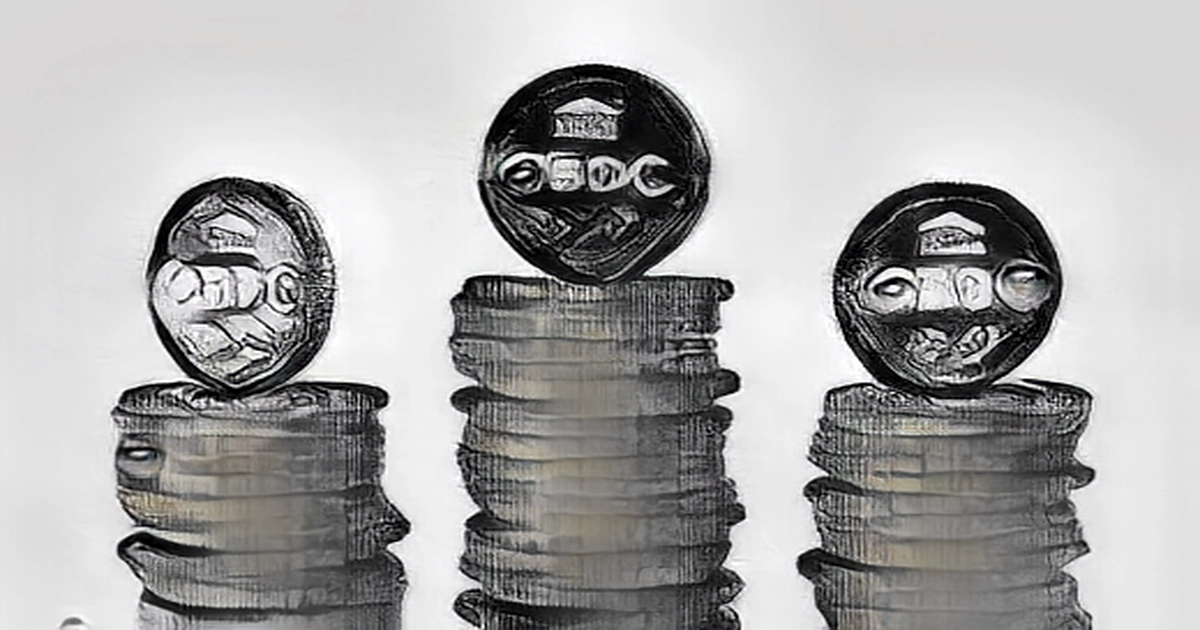
More than 100 countries are currently exploring Central Bank Digital Currencies CBDCs, which represent 95 per cent of the global economy.
CBDCs are the digital version of an official currency. A CBDC may not be backed by the technology, but it offers a sovereign guarantee thatCryptocurrencies will not. Like cryptocurrencies, a CBDC is expected to facilitate trust, safety, and liquidity.
According to a recent report from Deloitte, the Asia Pacific region has been the frontrunners in CBDC projects. It noted that seven out of the top 10 CBDC projects are being conducted in the APAC region.
China is the first major economy to introduce a digital currency in 2021, while several developing countries are in various stages of experimentation.
As much as CBDC adoption is the story of developing countries gaining the first-mover advantage, it is also the story of one economic powerhouse missing the United States.
The first comprehensive framework on digital assets was released in September 2022 by the US, read CBDCs.
The Federal Reserve should continue its ongoing research, experimentation, and evaluation while analysing the benefits and downsides of a US CBDC. On November 15, the New York Fed announced the launch of a Proof-of- Concept pilot project to see the feasibility of a CBDC, just days after it released the results of its wholesale CBDC research titled Project Cedar.
The US government's attempt to enlarge CBDCs came a fortnight after India's central bank started its pilot in the government securities market.
In December, India is expected to launch a pilot retail version of CBDC, while the US is still in the research phase and could take years to develop its CBDC, according to the US Treasury Department.
The US is lagging in the development of CBDC, which is surprising given its pre-eminence as a technology innovator. Two US researchers laid out the theoretical framework for the technology Scott Stornetta and Stuart Haber. Satoshi Nakamoto, the presumed inventor of the digital ledger, referred to them in the first whitepaper.
The innovator's dilemma, which refers to a dominant incumbent, in this case the US is left behind because of the lack of investment in disruptive technologies, could be one of the factors for the US falling behind in the CBDC race.
A 2021 Brookings article noted that the incumbent now faces a hard decision: whether to adopt or fight these disruptive technologies or not, and if adopting how to do so effectively.
The US cautious approach towards CBDCs is confounding if one factor is China's looming threat dominating the financial system.
According to a report in TIME magazine, developments in the digital currency space will not only affect the financial world but also strengthen the geopolitical ambitions of countries.
Digital currency is expected to play a major role in defining 21st century trade and finance with China and the US competing for the position of superpower.
According to reports, China wants to use its CBDC digital yuan for global trade payments. China's move could undermine the US dollar's international dominance.
When the US opens its own CBDC, it is expected to overhaul the global economic system. Anmol Chawla, the co-founder of Taxcryp, said that CBDC would help the US maintain its economic dominance.
He said that the US wants to keep its status as the world's reserve currency and ward off threats from countries like China.
Some experts favor the US approach to CBDCs, arguing that the threats of hacking and volatility need to be investigated before a CBDC launch.
